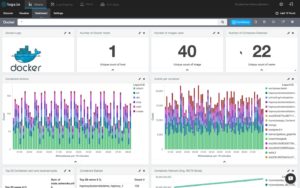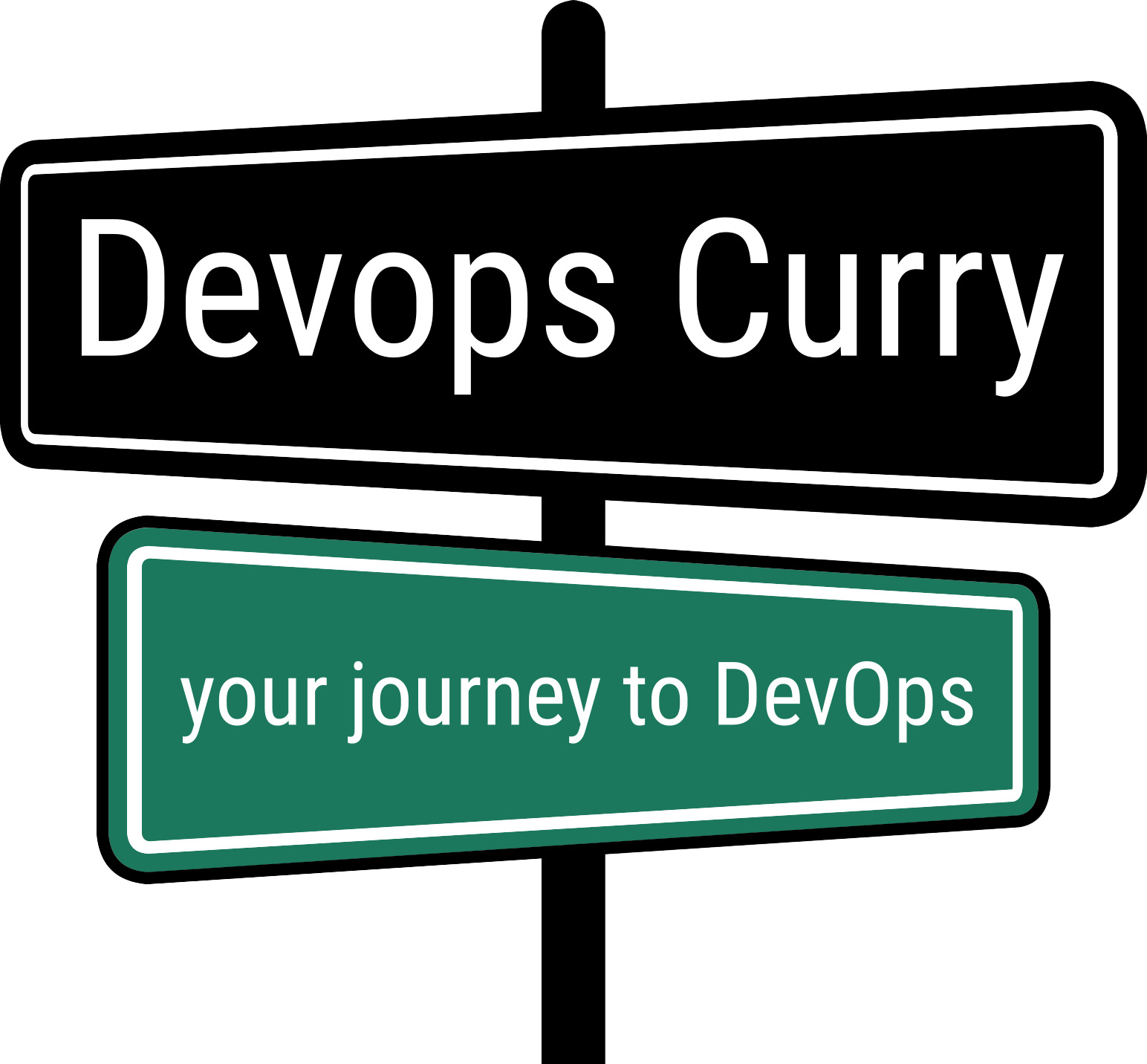
Understanding Container Monitoring and popular Container Monitoring Tools in 2021
What is Container Monitoring? Popular Container Monitoring Tools
The use of container technology is at its peak. The benefits of containers for cloud-based microservices are infinite. Container Monitoring is the process of tracing the performance of applications that are built on a microservices architecture. Containers are complex and more challenging to keep an eye on compared to traditional applications running on virtual servers.
Monitoring the performance of containerized applications to ensure application continuity is crucial. Monitoring becomes more effective through analyzing metrics, obtainer from any sources like host and demons logs, and monitoring agents installed on each node.
Container monitoring tools track container performance, collects event data, and measures the effects of container-sharing resources. Now Monitoring practices can be either proactive, reactive or adaptive. While Proactive monitoring sets protocols to prevent container failure, in Reactive monitoring we alert users by raising events when the containers fail. Adaptive monitoring continually assesses container performance and impacts from new components.
Importance of Monitoring Docker Containers
Like any other technologies, Containers are subject to performance degradation. The health of containerized applications directly impacts the health and business efficiency of a business. Monitoring application performance ensures that both the containerized applications and the infrastructure are always at optimum levels.
Monitoring Docker Containers helps in:
- Detect and solve issues at an early stage.
- Proactively avoids the risks at the production level.
- Implement changes safely as the whole environment is monitored.
- Optimize resources allocation.
What Resources to monitor
Host based Metrics
- Host CPU
- Host Memory
- Host Disk Space
- Total Number of Running Containers
Container-based metrics
- Container CPU – Throttled CPU Time
- Container Memory Usage
- Container Memory – Fail Counters
- Container Swap
- Container Disk I/O
You can also refer to our posts on Application Monitoring and Monitoring best practices:
DevOps Tools: What is APM and Best APM Tools in 2021 !
Best Monitoring and Alerting Practices to follow in 2021

Image Credits: https://logz.io/blog/docker-monitoring-dockercon-2016/
Popular Container Monitoring Tools for Docker in 2021
When it comes to monitoring any containerized app, you have to choose the monitoring tools that fit your specific requirements. Here we have included the top ten container monitoring tools for Docker. Take a look at each tool to see what they offer and what suits your needs best.
- AppOptics Docker Monitoring with APM
AppOptics is a SaaS-based APM and infrastructure tool for hybrid and cloud-native IT environments. It offers a robust monitoring solution for Docker containers. AppOptics have a pre-configured docker monitoring dashboard. It visualizes per-container CPU, memory, and network metrics.
Some of the key features of AppOptics are auto-instrumented application service topology map, pinpoint the root cause of performance issues, performance monitoring, full-stack visibility, modern infrastructure monitoring, and AWS monitoring.
- SolarWinds Server and Application Monitor
The most prominent feature of SolarWinds is its ability to detect issues directly from the container layer. This feature gives it an edge over other traditional server monitors.
SolarWinds offer tracking for key performance metrics like CPU, memory, and uptime of individual Docker containers via a simple dashboard. Other important features of SolarWinds are instant alert regarding depleted resources, the ability to detect issues directly from the container layer, and the ability to isolate individual containers and monitor them concerning their neighboring nodes.
- Prometheus
Its an open-source Docker monitoring tool and is also one of the three solutions recommended by Docker. Prometheus offers a simple docker dashboard that visualizes the workloads of targeted Docker instances. It creates a separate volume to store recorded metrics.
Prometheus is available as an image easily installed on Docker containers. There are some advanced configurations for production environments. Hence, it is one of the easiest to configure for larger setups.
The Prometheus Query Language (PromQL) can be used to query metrics and statistics through the dashboard in a tabular or graphical form. One disadvantage of Prometheus is that it’s impossible to monitor containerized apps via the Docker target. Docker suggests other tools for this purpose.
- Docker API
Docker API provides an API for interacting with the Docker daemon, also known as the Docker Engine API. it is the official HTTP Web Service API for interacting with Docker. This is used to connect any external Docker monitoring tool via the secure API endpoints to gather metrics and store or visualize them.
Docker API is ideal for organizations that have their applications for monitoring containers from multiple service providers.
- ManageEngine Applications Manager
It is an application management solution that helps businesses to monitor their data centers, applications, databases, and systems. It is possible to monitor all the components in a single, integrated platform, which can scale upto 50,000 apps.ManageEngine specializes in tracking both container environments as well as the applications encapsulated within them. ManageEngine allows all containers within each host to reduce bottlenecks in performance and availability. Application Manager allows to set up pre-configured rules related to container status and performance metrics. - cAdvisor
cAdvisor or container advisor analyzes and exposes resource usage and performance data from running containers. cAdvisor is from Google and is open-source. It is a running daemon that collects, aggregates, and exports resource usage and performance data of targeted containers.cAdvisor focuses on resource isolation parameters, historical resource usage, and histograms of historical data. Builds of cAdvisor are available as images that you can install on Docker hosts. It offers a web UI as well as a REST API to cater to both users that are looking to monitor their Docker containers directly as well as integrate metrics to an external app via web service endpoints. - SolarWinds Librato
Librato is a SolarWinds company that offers a hosted monitoring platform that companies use to collect, visualize, and store large amounts of streaming data. The goal is to manage the health of their applications.
Librato brings all the benefits of SolarWinds with more customized features. It can manage a wide range of languages and frameworks through RPC calls, queues, and other resources.
- Dynatrace
Dynatrace application monitoring provides all performance metrics in real-time and detects and diagnoses problems automatically. It gives an out-of-the-box solution for monitoring containerized apps without installing any image or modifying run commands.
Dynatrace enables extensive tracking and monitoring through log monitoring even when details like docker name, ID, host details are not available. It does not require extensive storage space just like many other monitoring tools.
- Datadog
Datadog gives you the ability to create monitors the actively check metrics, integration availability, network endpoints, and more. Datadog collects data related to services, applications, and platforms via detailed log data. This data is automatically visualized to highlight unusual behavior.Datadog can monitor the data by the platform natively. Using this feature, it is possible to monitor both holistically and to drill down to container level. All data is available via an interactive dashboard that shows real-time data. - Sysdig
Sysdig is an open-source, cross-platform system monitoring and troubleshooting tool. It is powerful and flexible. One of the most significant advantages of Sysdig is that it provides monitoring for containers, cloud services, and Kubernetes.
It is extremely important to choose Docker monitoring tools that are robust and allow them to be deployed quickly across thousands of nodes. Drop a comment below if you have any suggestions regarding the best Docker Container Monitoring Tools.


